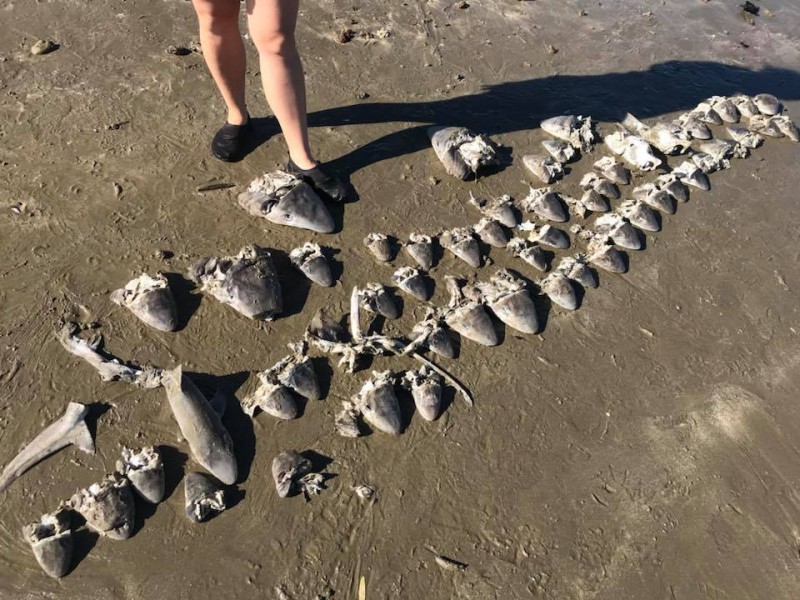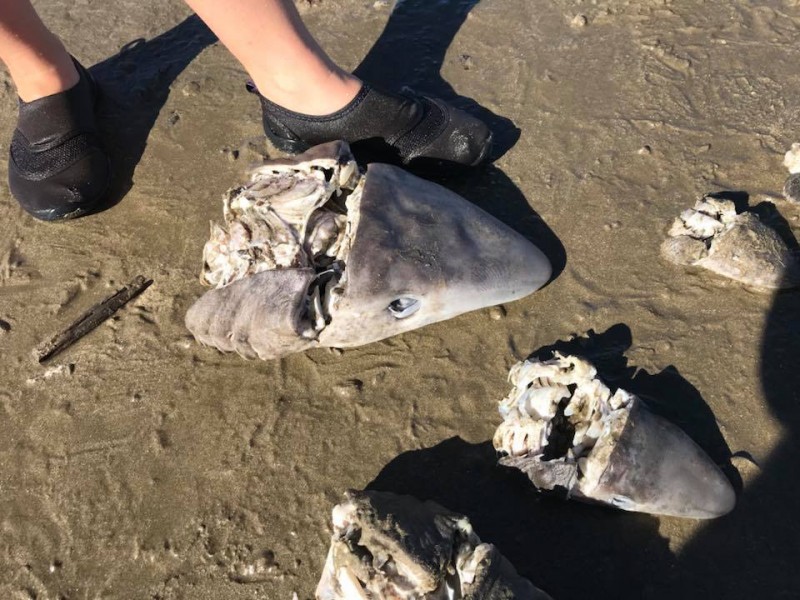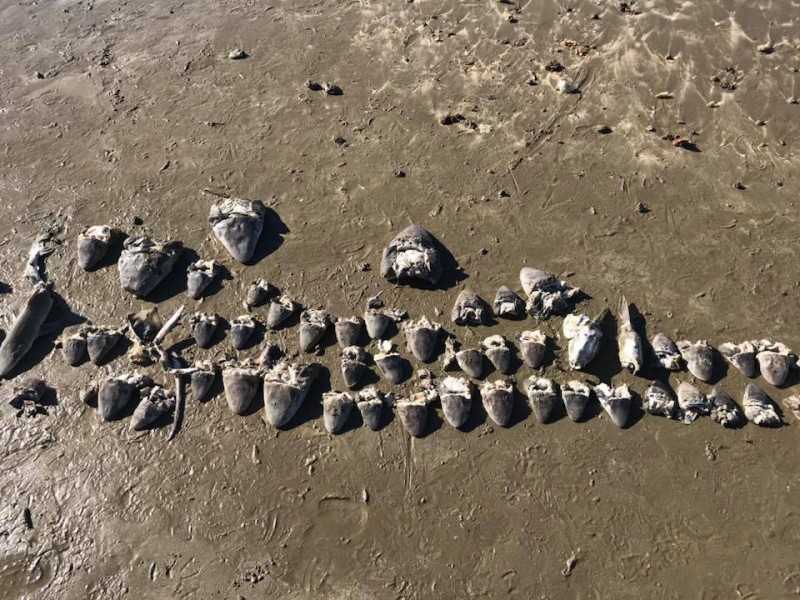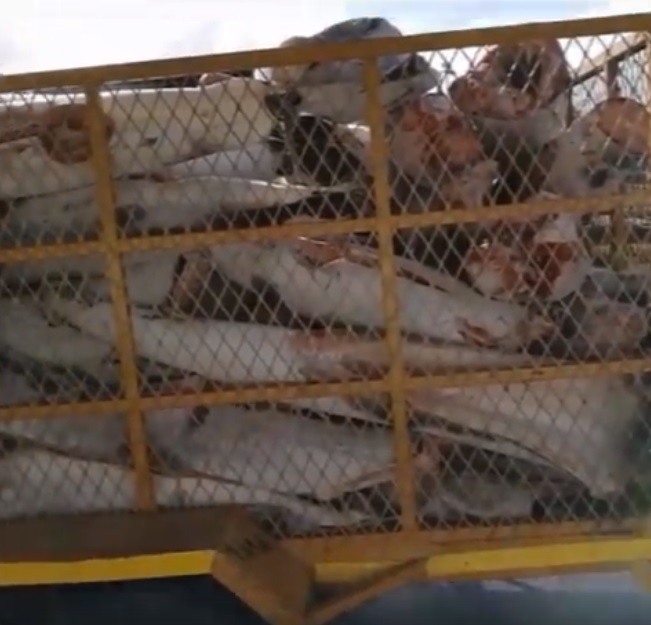Scientists want to force SA to cut back rock lobster harvest
West Coast rock lobster is facing extinction.
The world’s top marine scientists have stepped in to stop the government destroying one of the ocean’s most prized species and triggering an ecological disaster.
An unprecedented World Wide Fund for Nature court bid to save the West Coast rock lobster from extinction has united scientists from around the world against the Department of Agriculture, Forestry and Fisheries.
Evidence and affidavits submitted to the High Court in Cape Town reveal how the department has ignored advice from its scientists to reduce the rock lobster harvest.
The department’s top officials have stopped paying for rock lobster stock assessments and have delayed vital scientific surveys of other fish species such as sardines and hake.
Central to the dispute are the minister, Senzeni Zokwana, and suspended deputy director-general for fisheries Siphokazi Ndudane. Both are embroiled in several controversies, including alleged involvement in an abalone corruption scandal, which they deny.
They are accused of manipulating fishing quotas to favour certain interest groups at the expense of sound management.
West Coast rock lobster, locally known as kreef or crayfish, is a valuable export and a vital source of income for coastal communities that survive largely off poaching – one of the main reasons for species decline – in the absence of formal quotas.
The government is finalising community quotas to address poaching, but communities fear it is too little too late because there will be too little left for them to earn a living.
The species also plays a key ecological “scavenger” role and is a source of food for other species such as the bank cormorant, which is also in decline.
The WWF’s court submission includes affidavits from some of the world’s foremost ocean scientists who attest to an alarming decline in kreef.
“This is serious, and indicates that urgent remedial action is needed,” said Andre Punt, director of the School of Aquatic and Fisheries Sciences at the University of Washington.
The WWF wants the court to force fisheries management to return to setting catch limits based on science. It said its evidence raised “very serious and disturbing questions about the integrity and consistency of decision-making” within the department.
Documents before court reveal a series of blunders and contradictions leading to the department’s decision in November to set a kreef quota of 1924 tons – more than double the scientists’ recommendation of 790 tons.
That month, the department signed off on an official document for 790 tons and a press release for 1924 tons. The first document was never publicly released and came to light only after a WWF promotion of access to information application this year. Parts of the document appear to have been redacted.
This week two other global watchdogs joined the fray, warning of possible consequences should the court rule against the department.
The international Marine Stewardship Council said it was monitoring the case in the light of South Africa’s hake MSC certification – a vital stamp of approval needed to export the country’s main commercial fish into the European market and sustain the fishery’s 5000 jobs.
MSC audit team leader Jim Andrews said: “We will be paying attention to the progress of this [legal] process, and when the outcome has been determined we shall review whether or not it has any implications for the ongoing MSC certification of the South African hake fishery.”
Ray Hilborn, a US-based leader in fisheries science who created a country ranking system based on fisheries management – South Africa is ranked sixth – said the WWF’s legal action suggested the department’s conduct “subverts the major elements of sustainable management and puts the long-term productivity of the resource at risk. Such actions would certainly cause the ranking of South Africa to drop appreciably in our survey.”
History has shown that short-sighted fisheries management will only lead to destruction of both the resources and the communities that depend on them
WWF South Africa CEO Morné du Plessis, said the court challenge was a last resort.
“History has shown that short-sighted fisheries management will only lead to destruction of both the resources and the communities that depend on them,” he said.
Neither Zokwana’s office nor the department responded to queries. Ndudane referred queries to acting deputy director-general Belemane Semoli, who could not be reached.
In a statement earlier this year, Ndudane said her kreef decision took several factors into account – not just science. “My consultations with individual small-scale fishers, fishing companies and representatives of the fishing communities … confirmed that a substantial cut to the total allowable catch (by 59%) would result in significant job losses, laying up of approximately 50% of the fishing fleet, and social harm,” she said.
In an affidavit, the WWF’s former marine programme manager John Duncan said Ndudane’s response “reflects the wrong perception that sustainability and socioeconomic considerations are competing considerations that require balancing”.
Sé is verlede jaar hieroor berig: http://www.weskusontheline.co.za/2017/02/10/2301/
Lees ook: DAFF officials behind abalone syndicate back at work
* https://www.timeslive.co.za/news/south-africa/2017-07-21-knock-on-door-and-handcuffs-in–future/
- Related Articles:











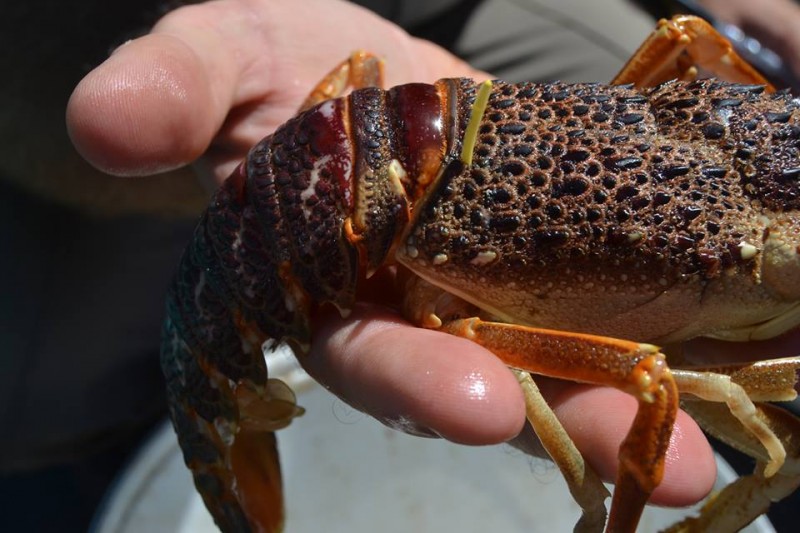




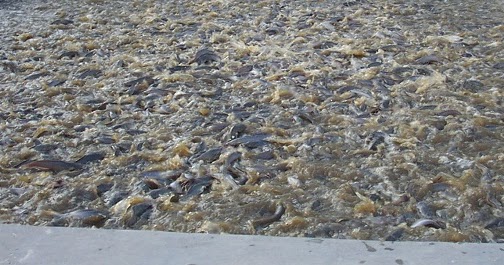
:brightness(10):contrast(5):no_upscale():format(webp)/141336883-56a2f7615f9b58b7d0cfe683.jpg)
